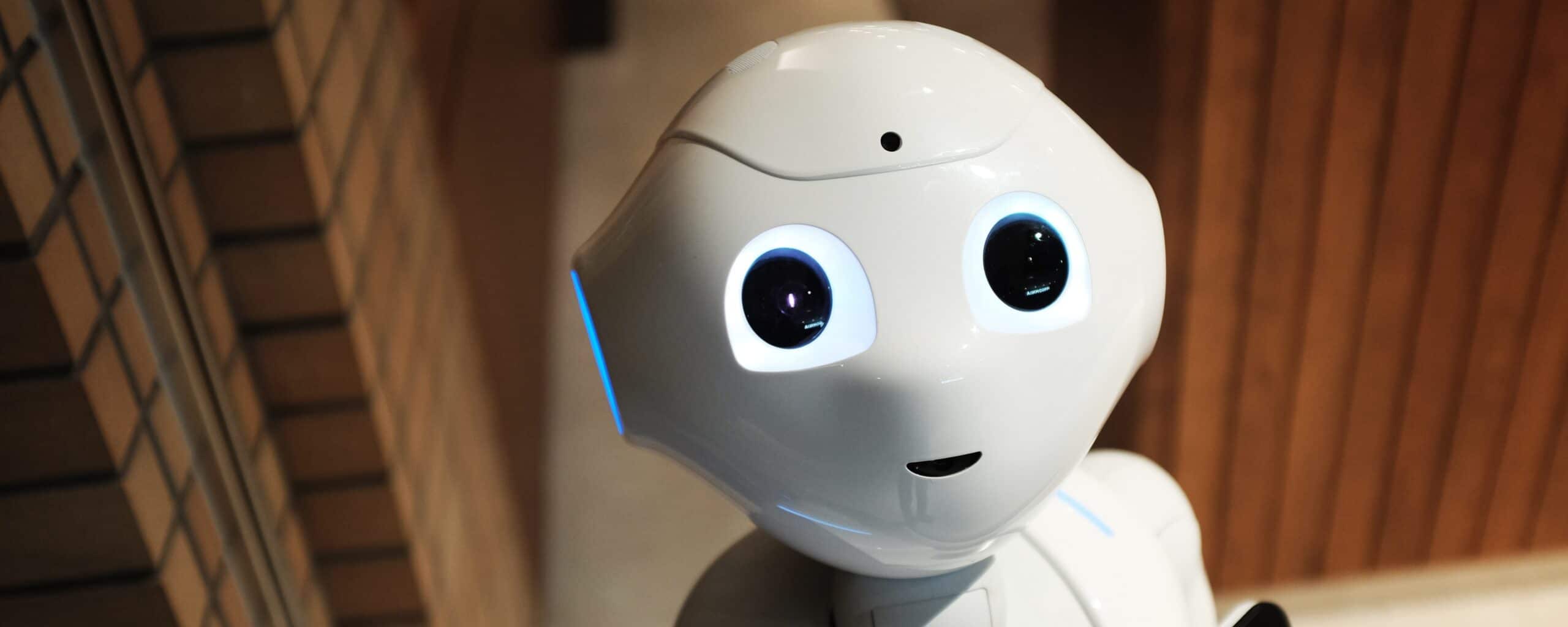Five ways to maximise the customer experience with chatbots
Chatbots are not new, with Chinese platforms leading the way for years. However, in April 2016 Facebook launched Messenger bots, spiking interest in chatbots in English speaking countries. Now 57% of companies are either planning, piloting or already using a chatbot (Forrester), and 63% of customers are willing to try these types of service interactions (Mindshare).
But the cost of a quick-fix without the right scope can have dire consequences: consider the cautionary tale from Boost Juice recently, whereby a campaign-built chatbot was accused of normalising predatory behaviour as it offered discounts on products in exchange for flirtatious ‘banter’. To find out what makes a great customer experience, we consulted with 20 of Australia’s top-tier companies and uncovered five key success factors for maximising the customer experience with chatbots.
1. Seamless handover
Nothing is worse, or weirder for customers than a conversation being handled by a customer service agent and a chatbot simultaneously. This is why a critical factor for success is being able to assign conversations to the team when they’re ready for them to action – removing the poor experience of double handling from human to bot. It is important to design a clear process path setting parameters and triggers for handover. This involves the chatbot asking predetermined questions and diverting to a customer service agent as soon as the conversation is outside of their capability. It’s also crucial that staff respond in a timely manner.
2. Context
Context is also key. When service agents have taken over, they need to be able to see the entire conversation history to deliver an informed response and a continuous customer experience. Investing in a social service tool like Lexer Engage provides retailers a holistic view of previous engagements with each individual. This tool ensures conversations handled by chatbots appear in specific workflows alongside staff interactions.
3. Integration & Iteration
Retailers need the flexibility to build and manage chatbots with a variety of vendors and platforms, so it’s essential that any chatbot can play nice within the customer staff workflow. Companies are also finding their customers aren’t always interacting with bots in the way they expect. This means there’s a huge opportunity to iterate based on what people are actually using the service for. Retailers need to use data to understand conversations once queries are resolved and develop new ideas based on these conversations. It’s also important to ensure your chatbot integration can be updated and iterated easily.
4. Long-term platforms
Companies are finding that building chatbots for specific campaigns isn’t the best way to utilise time and budget. Instead of being perceived as a tactic, retailers need to recognise chatbots as a new platform which can be used and invested in the long-term. Retailers need to invest in a solution which can be iterated for multiple purposes and ensure the developer is willing to partner long-term. It is crucial to integrate chatbots with other service tools across the business.
5. Channel specific solutions
A challenge lies in ensuring you’re using chatbots for the right channel as there may be some interactions that are best had with a human being. For instance, customers may not feel comfortable updating their account details with a bot on social. Therefore, retailers need to understand where the best use case is for their business and their customers. It’s important to consider implementing a Social Net Promoter Score as a method for customers to have their say about the chatbot experience.
Holly Clark is Marketing Coordinator at Lexer, a Software as a Service (SaaS) company helping companies put their data to work to genuinely understand and engage customers. For more information visit http://lexer.io/
To learn more about the key actions organisations are taking to deliver on these priorities, and uncover trends in the automation landscape, view our Can Humans be Automated? white paper on our website.




















